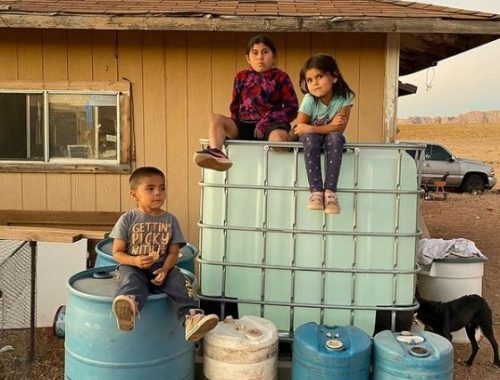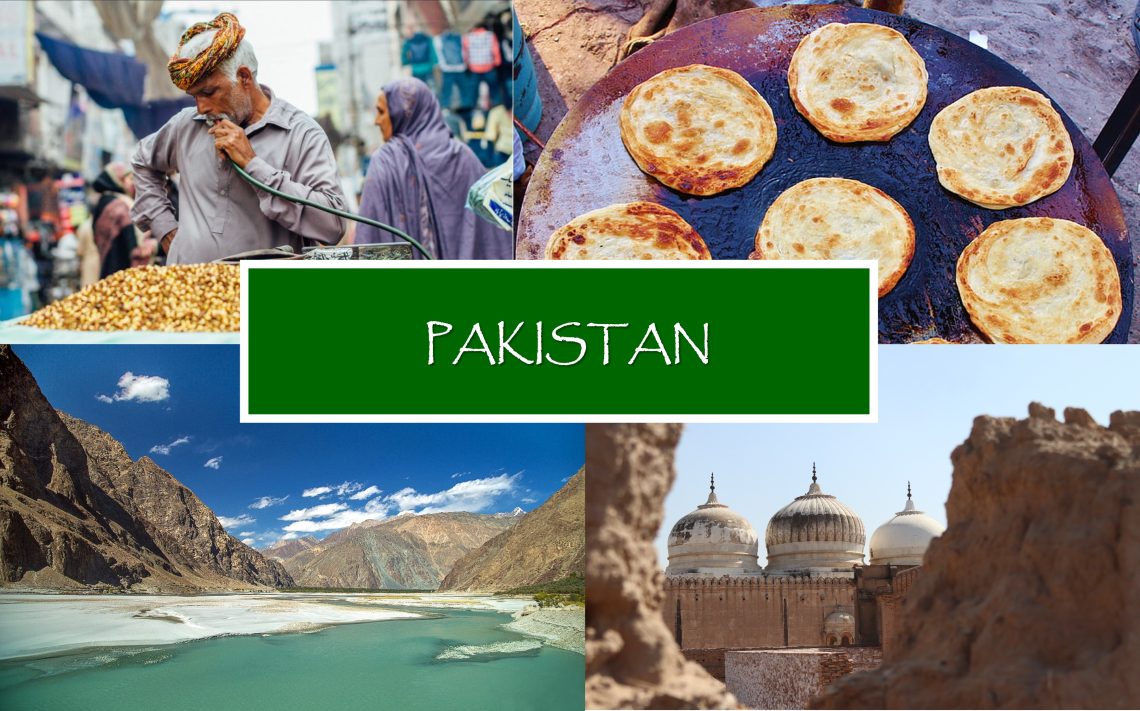
The Rich Tapestry of Pakistan’s Cultures and Landscapes
Pakistan is a country located in South Asia with a population of over 231 million people, making it the world’s fifth-most populous country. The country is bordered by India to the east, Afghanistan to the west, Iran to the southwest and China to the northeast.
Pakistan is a diverse, dynamic country with a rich history and cultures, as well as its share of challenges and opportunities. The country has a unique blend of Indo-Persian cultural influences with Islam as its major religion.
Some Key Facts About Pakistan
Capital: Islamabad
Largest city: Karachi
Official languages: Urdu, English
Currency: Pakistani rupee (PKR)
Major religions: Islam (97%), Hinduism, Christianity and others
Government: Federal parliamentary republic
Independence Day: August 14, 1947 (from British colonial rule)
Pakistan has a rich cultural heritage and is home to several UNESCO World Heritage sites, including the archaeological ruins at Mohenjo-daro, monuments in the historic city of Lahore and the Buddhist ruins of Takht-i-Bahi.
The economy of Pakistan is the 23rd-largest in the world in terms of purchasing power parity, and is classified as a developing economy. The country has a strong agricultural sector and is also known for its textile, pharmaceutical and software industries. However, Pakistan has faced several challenges for the past couple of decades, including poverty, corruption and terrorism.
Pakistan is also known for its vibrant cuisine, which includes dishes such as biryani, kebabs and curries. Cricket is the most popular sport in the country with the country having produced several world-class cricketers such as Imran Khan, who later served as the country’s Prime Minister from 2018 to 2022.
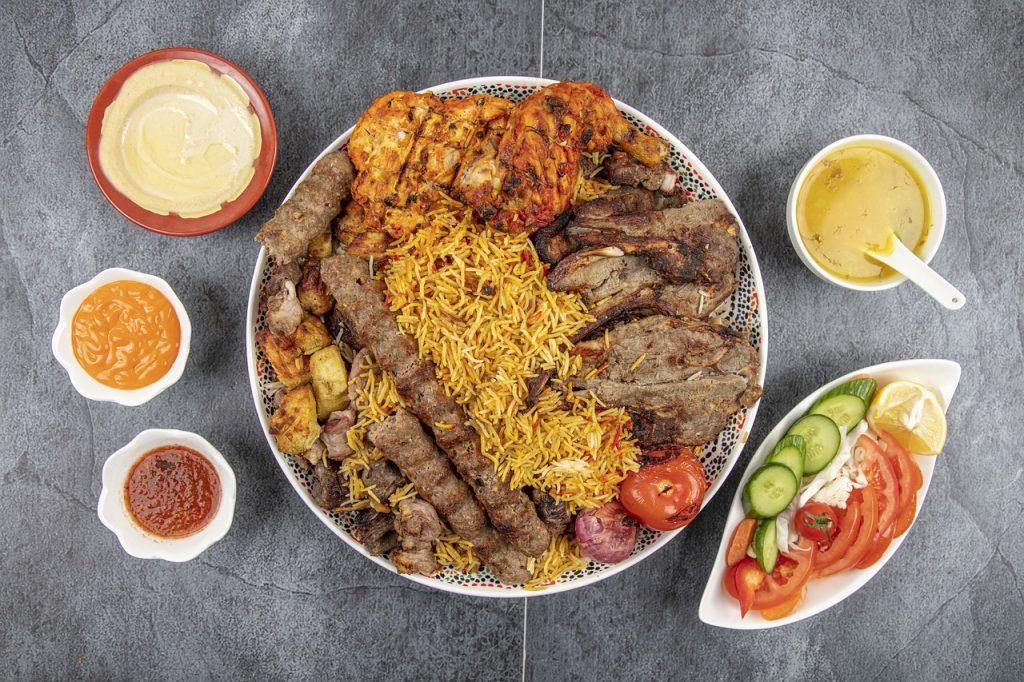
The History of Pakistan
The history of Pakistan dates to ancient times when the Indus Valley Civilization flourished in the region around 2600 BCE during the Bronze Age. Over the centuries, the area that is Pakistan today has been ruled by a series of empires and dynasties, including the Maurya Empire, Achaemenid Empire (Medo-Persian), Delhi Sultanate, Mughal Empire and British Raj.
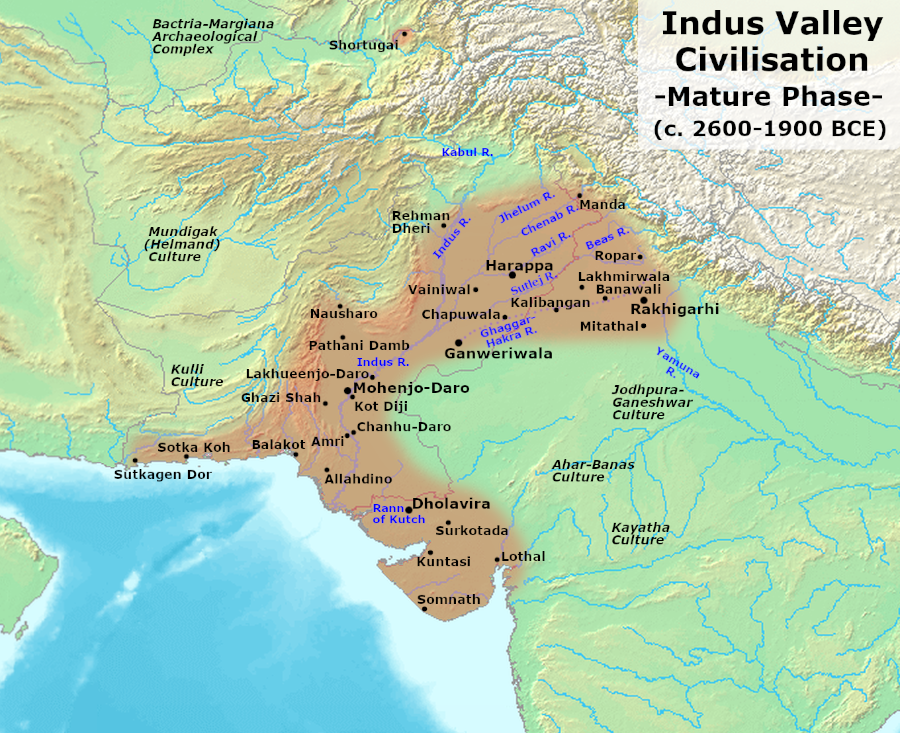
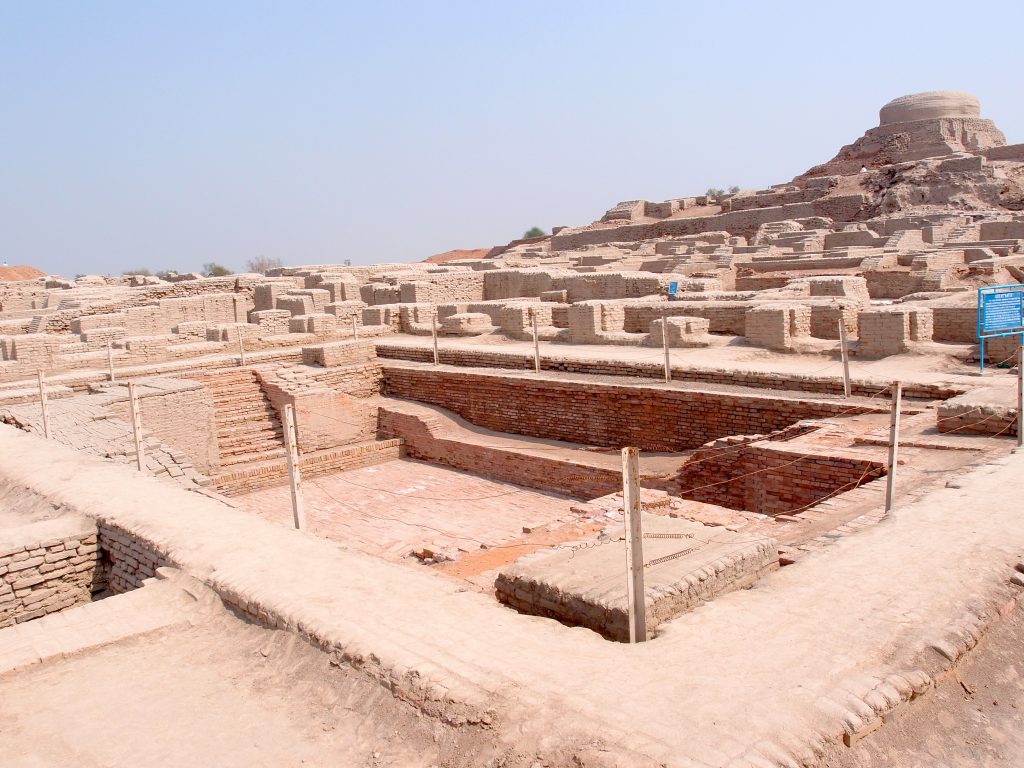
In 1947, Pakistan was created as a separate Muslim-majority nation after the end of British rule in India. The creation of Pakistan was a result of the Muslim League’s demand for a separate state for Muslims in India, led by the country’s founder Muhammad Ali Jinnah.The country was carved out of the Indian subcontinent in two parts: East Pakistan (now Bangladesh) and West Pakistan (present-day Pakistan).
In Pakistan’s early years, the country struggled with political instability, economic challenges and regional conflicts. The country also engaged in several wars with neighbouring India over territorial disputes, most notably the Indo-Pakistan War of 1971, which resulted in the secession of East Pakistan and the formation of Bangladesh.
In the decades that followed, Pakistan underwent a series of political and social changes, including the rise of military rule and the growth of Islamist movements. The country also became a key player in the Cold War, aligning itself with the United States against the Soviet Union.
In recent years, Pakistan has faced a range of challenges, including ongoing political instability, economic issues and sectarian violence. The country has also been impacted by regional conflicts, including the War in Afghanistan and tensions with neighbouring India over the disputed territory of Kashmir.
Despite these challenges, Pakistan remains a vibrant and diverse country with a rich cultural heritage and resilient population.
The Provinces of Pakistan
Pakistan is divided into four provinces, one federal territory and two autonomous regions.
Punjab: Punjab is the largest and most populous province in Pakistan, with Lahore as its capital. It is known for its rich history and cultural heritage, being home to many historical sites and monuments, particularly from the era of the reign of the Mughal Empire from the 16th century to the mid-19th century (1526–1857).
Sindh: Sindh is the second-largest province in Pakistan and is located in the southern part of the country, with Karachi as its capital. It is known for its beaches, ancient Indus Valley civilization sites and colourful culture.
Khyber Pakhtunkhwa (KP): KP is located in the northwestern part of Pakistan and is known for its stunning mountainous landscape, including the famous Khyber Pass. Peshawar, an ancient Silk Road city, is its capital.
Balochistan: Balochistan is the largest province in terms of land area but is the least populated. It is located in the southwestern part of Pakistan, with Quetta as its capital. The province is known for its vast deserts and mineral resources.
Islamabad Capital Territory (ICT): ICT is a federal territory located in the north of Pakistan, which serves as the capital of the country.
Gilgit-Baltistan: Gilgit-Baltistan is an autonomous region located in the northernmost part of Pakistan, known for its stunning natural beauty and mountainous landscape.
Azad Jammu and Kashmir (AJK): AJK is an autonomous region located in the northeast of Pakistan that is known for its scenic beauty and natural resources.
Each province and region in Pakistan has its own unique culture, traditions and identity, which contribute to the diversity and richness of the country.
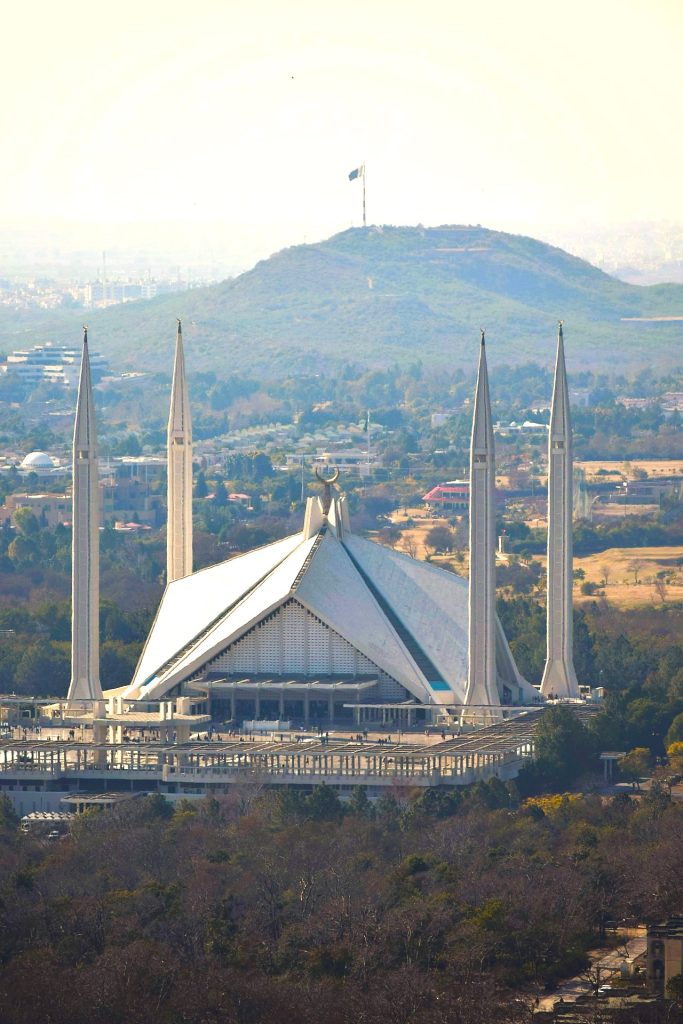

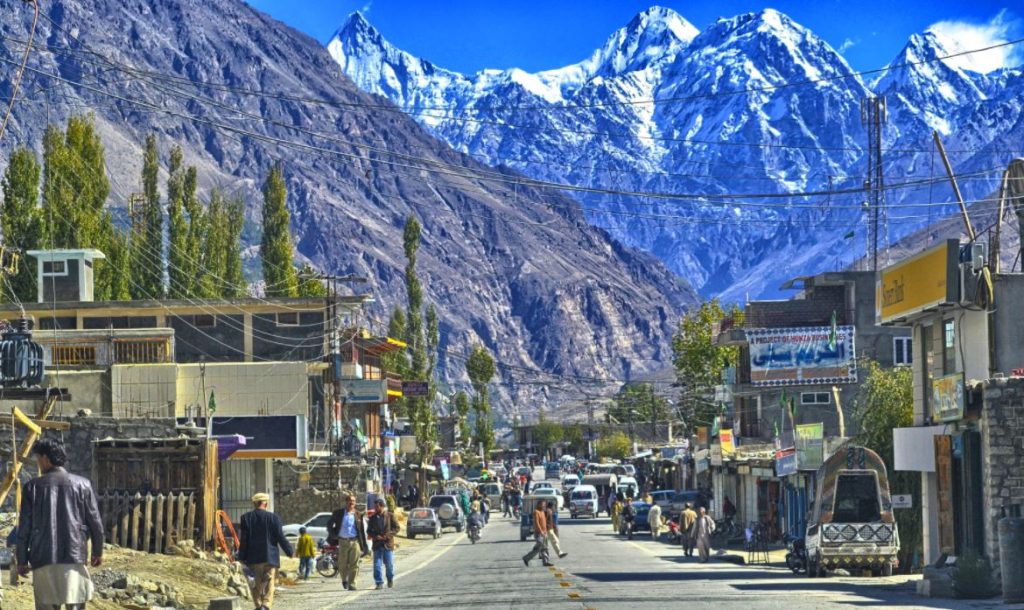
The Cultures of Pakistan
Pakistan is a diverse country with many different cultures, traditions and customs. The cultural identity of Pakistan is shaped by its geography, history and religion, as well as by interactions with neighbouring countries and global influences.
Pakistan’s provinces are culturally and geographically distinct but tied through an overarching national identity. While Sindh and Punjab have Indo-influenced cultures and ethnicities, the people of Balochistan and Khyber Pakhtunkhwa trace their ethnicity and culture to Persia (Iran) and Afghanistan.
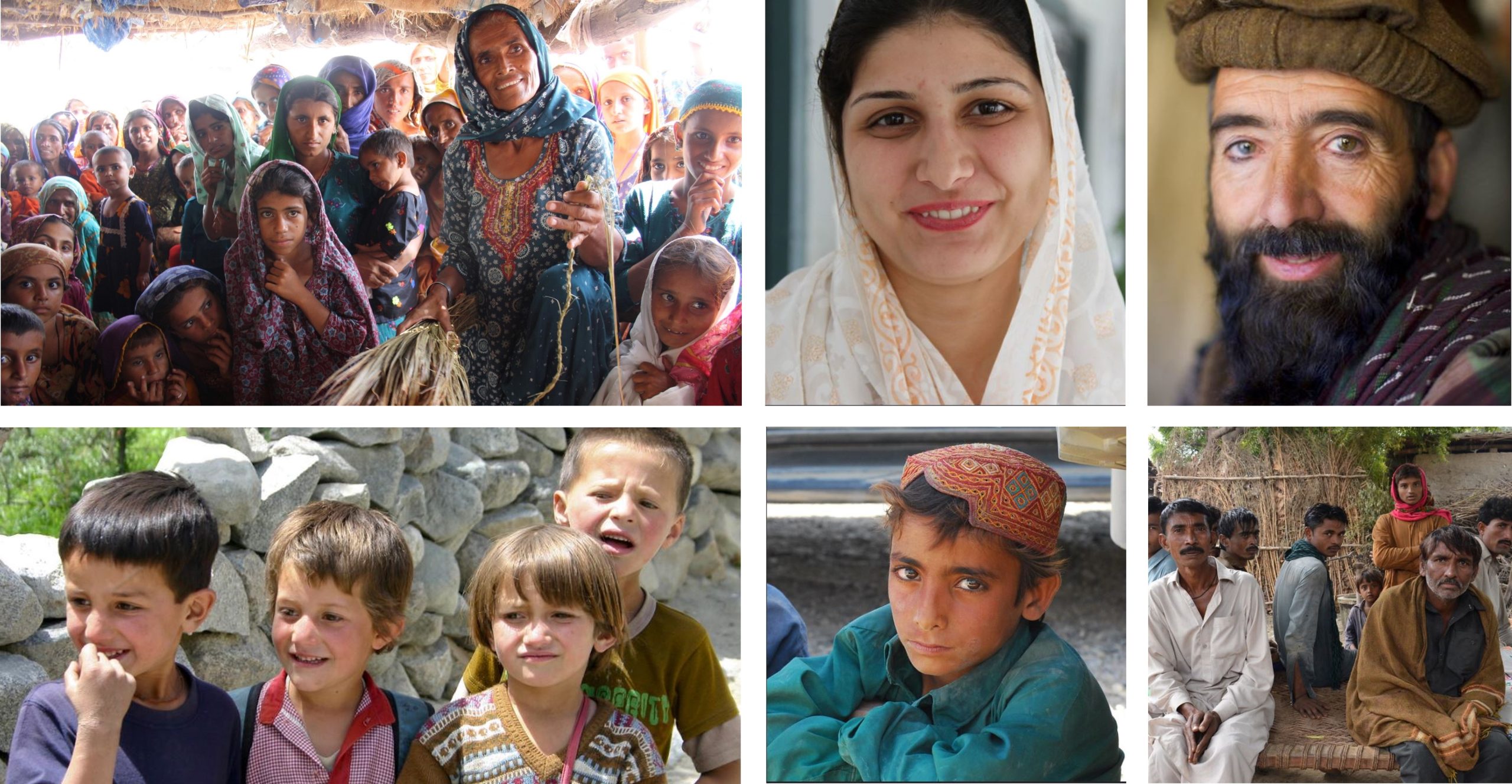
Languages: Urdu is the national language of Pakistan and is widely spoken and understood, but there are many other languages spoken in different regions of the country. These include Punjabi, Sindhi, Pashto and Balochi among others.
Religion: Islam is the dominant religion in Pakistan and its influence is visible in many aspects of Pakistani culture, from attire to food and social norms.
Food: Pakistani cuisine is diverse and flavourful, with a mix of Indian, Persian and Central Asian influences. Some popular dishes include karahi (a stew/curry cooked in a large wok-like vessel called a ‘karahi’), pulao, biryani, Lahori channay and kebabs of various varieties.
Music: Pakistani music has a rich history and includes traditional forms such as qawwali, ghazal and classical music, as well as contemporary pop and rock music. Coke Studio Pakistan has been a widely popular musical platform in the country, and overseas among Pakistani diaspora, for over a decade.
Festivals: Pakistan celebrates a variety of cultural and religious festivals throughout the year, including the Islamic holidays Eid al-Fitr and Eid al-Adha, Independence Day, the Persian spring festival Nowruz among communities in KPK and the spring festival Basant in Punjab among others.
Arts and crafts: Pakistan is known for its beautiful handicrafts, such as embroidery, pottery and weaving, as well as for its rich tradition of miniature painting and calligraphy.
Clothing: Traditional Pakistani clothing includes shalwar kameez for both men and women, which consists of loose trousers and a long shirt, often with a dupatta or scarf for women.
These are just a few of the many cultural elements that contribute to the diverse and vibrant culture of Pakistan. Despite the challenges that Pakistan faces, its people continue to celebrate and embrace their cultural heritage and traditions, with hopes for a better socioeconomic and political future.
The Landscapes of Pakistan
Pakistan is a land of diverse landscapes, ranging from stunning mountain ranges to vast deserts, lush forests and fertile plains. Some of the major landscapes of Pakistan include:
Mountains: Pakistan is home to some of the highest mountains in the world, including K2, the second-highest mountain peak on earth. The Karakoram, Himalayan and Hindu Kush mountain ranges run through the northern part of the country and are known for their stunning beauty, including glaciers, valleys and alpine lakes.

Deserts: The Thar Desert, also known as the Great Indian Desert, is located in the southeastern part of Pakistan and is known for its vast stretches of sand dunes and arid landscape. The Cholistan Desert, located in the Punjab province, is another popular desert region in Pakistan.
Coastal Areas: Pakistan has a long coastline along the Arabian Sea, stretching over 1,000 km from the port city of Karachi to the Iranian border. The coastal areas are known for their sandy beaches, rocky cliffs and abundant marine life.
Plains: The Indus River plains in Pakistan are some of the most fertile in the world, supporting a large agricultural industry. The plains are also home to a number of historical sites and monuments, including the ancient Indus Valley city of Mohenjo-Daro.
Forests: Pakistan is home to a number of forests, including the Chitral Forest in the north, the Margalla Hills National Park near Islamabad and the Juniper Forest in Balochistan. These forests are known for their diverse flora and fauna and provide important ecosystem services.
Pakistan is characterized by a diverse array of cultures, traditions, geographies and histories deeply influenced by its geographical location and historical legacies. The diverse elements intersect and interconnect to shape the rich fabric of the country.
Select Work
You May Also Like

The Grand Canyon: A Historic Junction of Science and Culture
November 12, 2020
The COVID-19 Crisis in Long-Term Care and What to Do About It
February 16, 2021